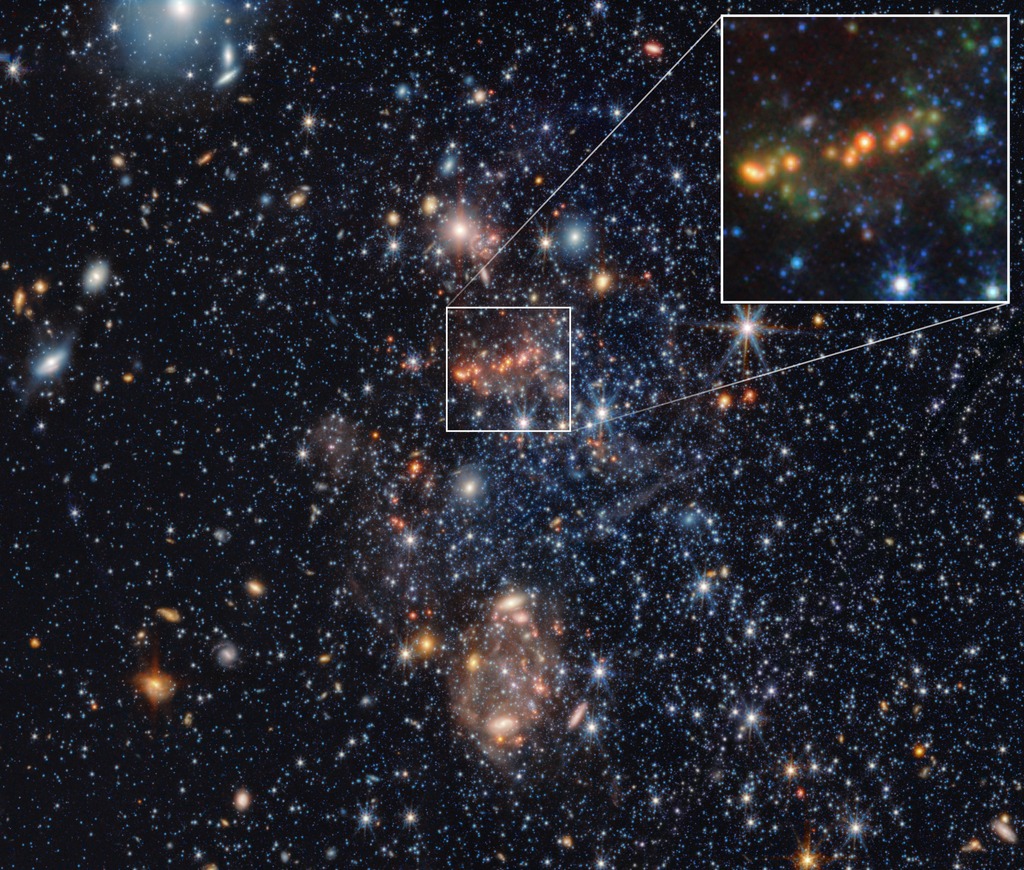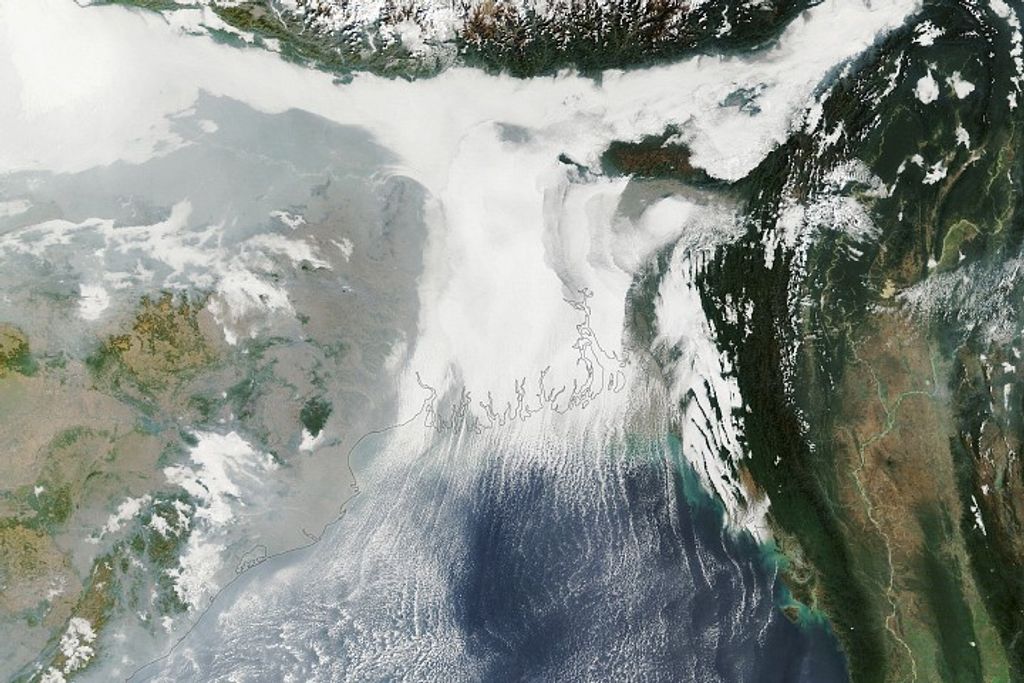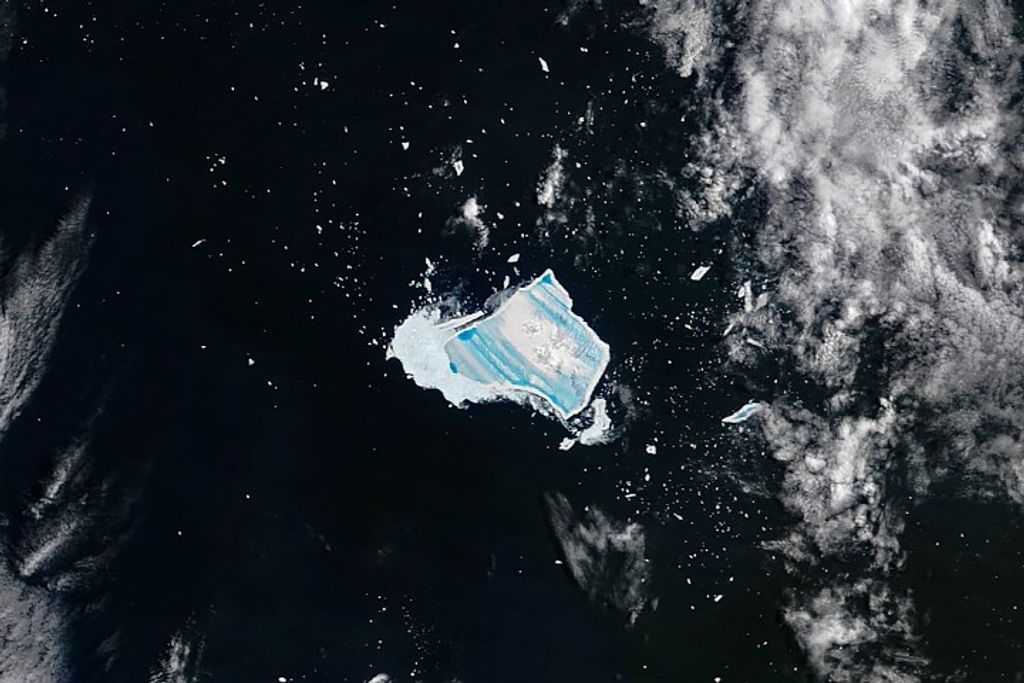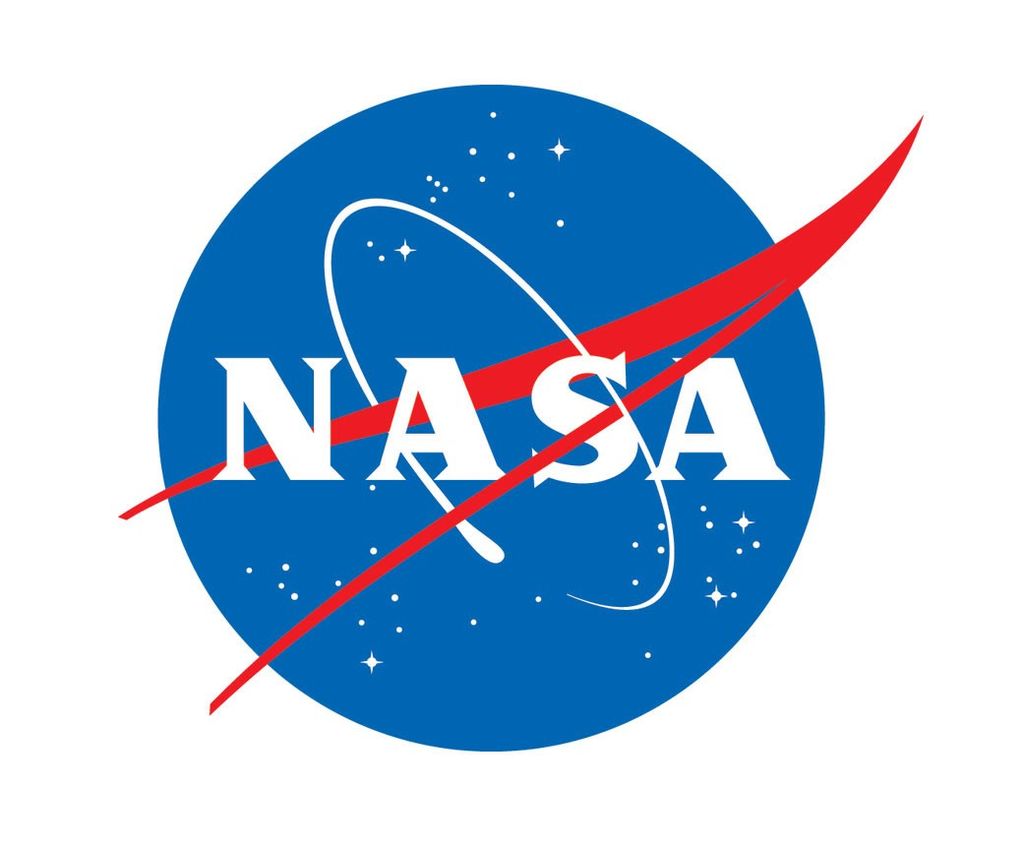Space Medicine Protecting Crews, Station Reboost Aborted
Eye structure, digestion, and heart health were the top research subjects for the Expedition 73 crew aboard International Space Station on Thursday.
Doctors constantly monitor the health of station crew members to understand how living and working in space for months or years at a time affects the human body. The medical data collected since the beginning of the human spaceflight program provides continuous insight into the effects of microgravity on crews helping NASA and its international partners plan safe, successful missions to the Moon, Mars, and beyond
One effect of living off the Earth is the flow of fluids toward an astronaut’s head since Earth’s gravity is no longer pulling on the human body. Astronauts have reported eye and vision changes caused by this headward shift, a condition known as Spaceflight Associated Neuro-ocular Syndrome, or SANS. Flight Engineers Jonny Kim of NASA and Kimiya Yui of JAXA (Japan Aerospace Exploration Agency) explored using a specialized thigh cuff on Thursday as way to reverse those headward flows and protect crews on long term space missions. Yui wore a thigh cuff that applied pressure on his leg for the investigation that has been taking place inside the station’s Columbus laboratory module since September 2023. Kim collected Yui’s blood pressure measurements, scanned his veins with the Ultrasound 2 device, and imaged the inside of eyes using optical gear to evaluate the effectiveness of the thigh cuff.
Station Commander Sergey Ryzhikov and Flight Engineer Alexey Zubritsky, both Roscosmos cosmonauts, joined each other after their breakfast and scanned their bellies with an ultrasound device. Results from the long-running gastrointestinal study will help doctors understand how a crew member’s digestion, metabolism, and nutrient delivery adapt to weightlessness.
NASA Flight Engineer Zena Cardman wrapped up a 48-hour session wearing the sensor-packed Bio-Monitor headband and vest for the CIPHER human research investigation. She removed the biomedical gear and downloaded her health data for review by doctors on Earth. The data will also be compared to wellness metrics collected from other astronauts before, during, and after a spaceflight.
NASA astronaut Mike Fincke worked in the Tranquility module and opened up the NanoRacks Bishop airlock ahead of scientific payload operations. Bishop can be used to transfer cargo inside and outside of the space station. The airlock can even be detached from Tranquility with the Canadarm2 robotic arm for experiment operations, satellite deployments, or trash disposal.
Roscosmos Flight Engineer Oleg Platonov filled the Elektron oxygen generator in the Zvezda service module and serviced orbital plumbing gear in the Nauka science module during the first half of his shift. Afterward, Platonov collected air samples throughout the station’s Roscosmos segment to analyze the quality of the orbiting lab’s breathing environment.
On Thursday, SpaceX’s Dragon was conducting a reboost of the International Space Station using the company’s CRS-33 Trunk Draco thrusters when the burn was manually aborted approximately 3 minutes, 45 seconds into the planned 19-minute, 22-second burn. All systems aboard the space station are operating as expected, and the Expedition 73 crew is conducting its normal complement of work.
Ground controllers at SpaceX, in close coordination with NASA’s Mission Control Center at the agency’s Johnson Space Center in Houston, commanded the abort when operators noticed a swap of the Draco thruster fuel tanks did not occur as planned. Teams stopped today’s burn to conserve propellant on the spacecraft.
Ground teams are reviewing plans for a follow-up reboost at 2:24 p.m. EDT on Friday, Sept. 26. Dragon previously conducted space station reboost on Sept. 3, which lasted the full duration.
Learn more about station activities by following the space station blog, @space_station on X, as well as the ISS Facebook and ISS Instagram accounts.
Get the latest from NASA delivered every week. Subscribe here.






























